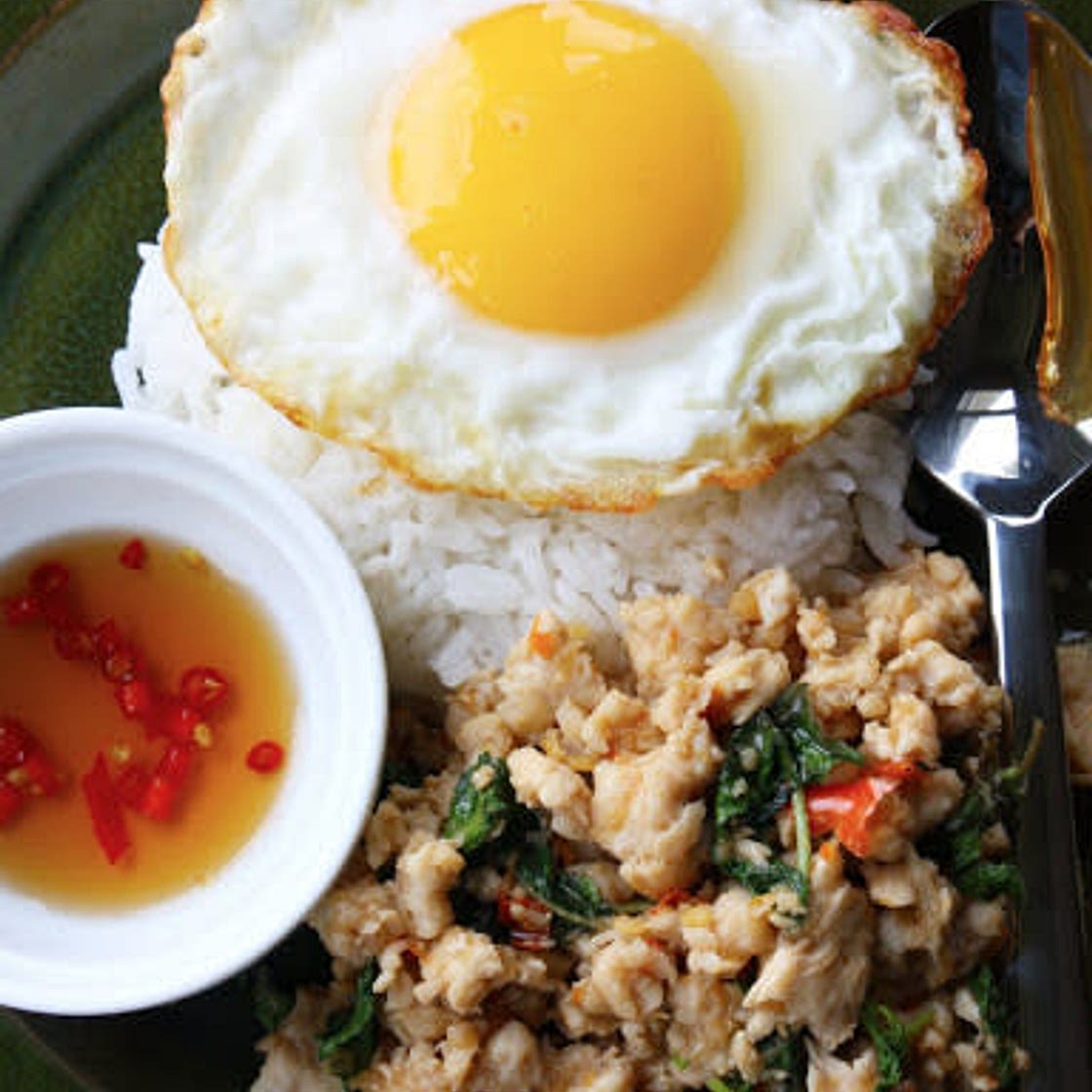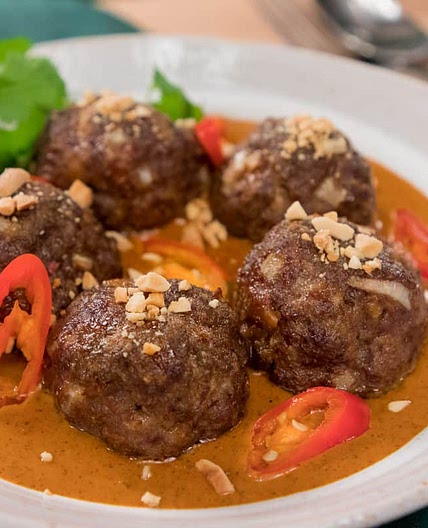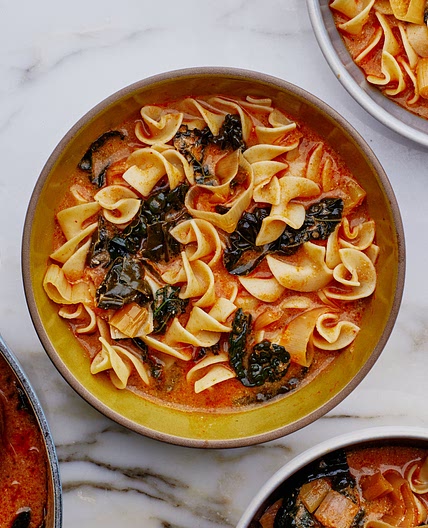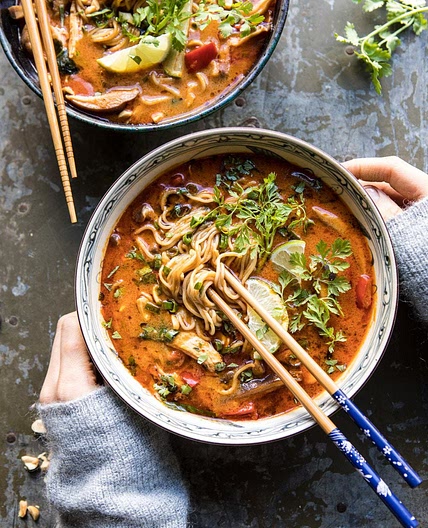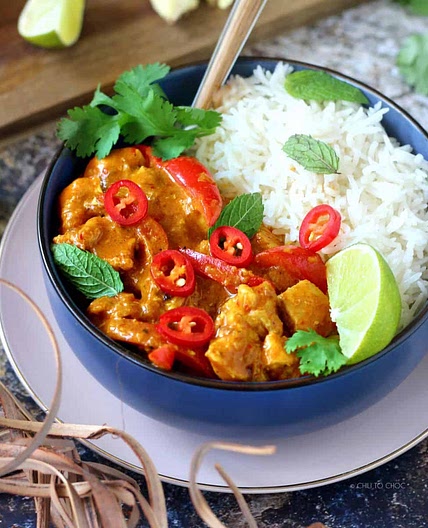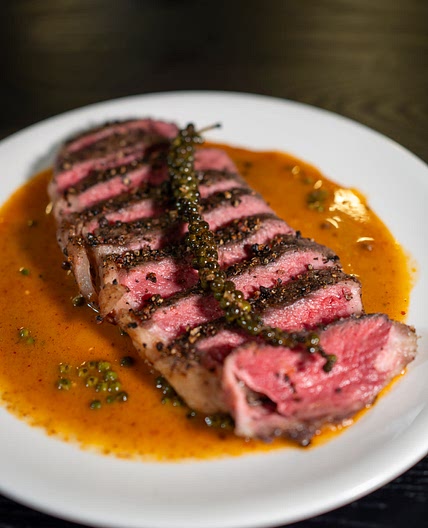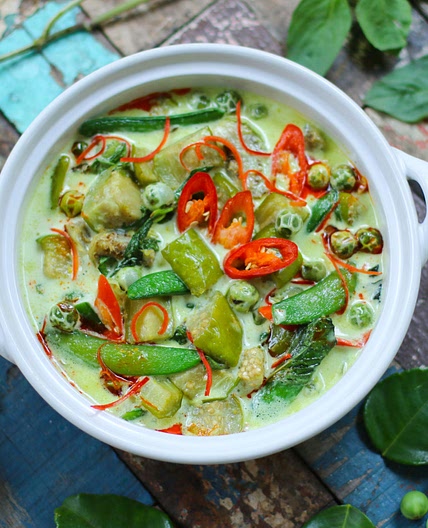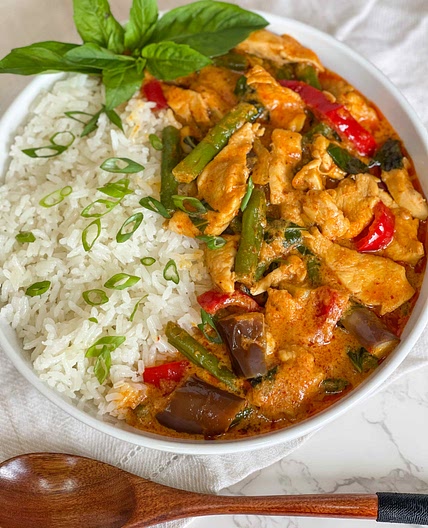By Erik Bjørk-Larsen
Pad Ka-Prao
While Pad Thai or Tom Kha Gai, in my opinion, deserve a somewhat extensive tutorial, there really isn't much to say about Pad Ka-Prao (official transliteration: phat kaphrao). It's a dish that doesn't require many ingredients or demand the kind of skill that takes years to develop. And if this dish could talk, the only thing it would beg of you is that you use the ingredient without which it cannot be what it is: holy basil (Bai Ka-Prao ใบกะเพรา).
Unfortunately, holy basil can be hard to find in many areas. Even those who want to grow it have a hard time finding quality seeds. Thai restaurants overseas struggle with this too. They know (at least one would hope so ...) that they're not supposed to use anything other than holy basil. Yet, some routinely use purple/sweet basil instead, because it's easier to find. As understandable as it is, one cannot pass off such a dish as Pad Ka-Prao -- literally "holy basil stir-fry" -- without being guilty of untruthfulness. [Added August 11, 2011: If you only have sweet basil, feel free to use it and call it Pad Bai Horapha.]
Other than that, Pad Ka-Prao is very easy to make; to ruin it, you have to try pretty hard.
[It must be pointed out that purists maintain that oyster sauce and soy sauce -- two ingredients that are almost always added to Pad Ka-Prao -- should not be used. You can certainly go that route in which case omit the dark soy sauce and oyster sauce in the recipe below and add to the stir-fry just fish sauce (and perhaps a tiny bit of palm sugar) to taste. However, chances are the Pad Ka-Prao which you have fallen in love with isn't made by purists. So, in order to come up with a homemade version similar to what you've had at a street food stall or restaurant, you're going to need soy sauce and oyster sauce. Your call.]
Updated at: Wed, 16 Aug 2023 19:30:06 GMT
Nutrition balance score
Unbalanced
Glycemic Index
34
Low
Glycemic Load
5
Low
Nutrition per serving
Calories761.9 kcal (38%)
Total Fat58.7 g (84%)
Carbs16 g (6%)
Sugars7.6 g (8%)
Protein42.7 g (85%)
Sodium2434.4 mg (122%)
Fiber0.9 g (3%)
% Daily Values based on a 2,000 calorie diet
Ingredients
2 servings
1 poundground pork
beef, or chicken, You can do what I do here which is chop up 1 pound of skinless chicken breasts with a cleaver You get better texture that way
26ggarlic
large, peeled
7gbird's eye chilies
or however many you can tolerate
20gshallot
large, peeled and roughly chopped
2 tablespoonsvegetable oil
1 tablespoonfish sauce
2 tablespoonsdark soy sauce
1 tablespoondark sweet soy sauce
kecap manis
1 tablespoonoyster sauce
1 cupholy basil leaves
packed
Instructions
Step 1
If you have a mortar, pound together the garlic, chilies, and shallot until you get a coarse paste. If no mortar, either chop them all up with a cleaver on a chopping block or pulse them into a coarse paste in a mini-chopper.
Step 2
In a skillet, heat up the vegetable oil over medium-high heat. Add the paste to it and fry until fragrant.
Step 3
Add the meat to the skillet and break it up with the spatula into small pieces.
Step 4
Add the remaining ingredients, correcting seasoning as needed. [I don't like sugar in my Pad Ka-Prao; besides, the dark sweet soy sauce provides enough sweetness for me. But if you think you'd like it even sweeter, either add about a teaspoon of palm or brown sugar or double the amount of dark sweet soy sauce (which will also make the end product darker in color). Purists, as mentioned in the post, won't even use anything for salinity other than fish sauce.]
Step 5
Once the meat is cooked through, check the amount of liquid in the skillet. If it's too dry, add a little bit of water or sodium-free broth.
Step 6
Before taking the skillet off the heat, add the basil leaves to the mixture and give it a couple of stirs. We only want to wilt the basil with the residual heat that is still in the pan so as not to mute the fragrance of the fresh holy basil leaves.
Step 7
Serve over rice. A Thai-style crispy fried egg on top and a tiny bowl of nam-pla prik would be nice.
View on web.archive.org
↑Support creators by visiting their site 😊
Notes
0 liked
0 disliked
There are no notes yet. Be the first to share your experience!
